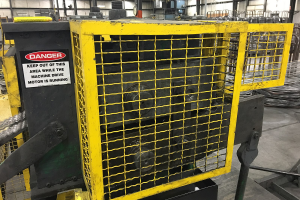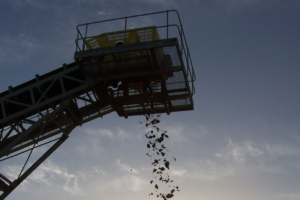Do these 5 OSHA “standards” exist? Not really
OSHA’s heightened enforcement has made things tough enough on employers without the employers making things harder for themselves. Yet that is sometimes the case, as a recent blog post by Curtis Chambers demonstrates.
Given the complexity of OSHA regulations, it’s probably no surprise that there are “phantom regulations” in the minds of some employers – regulations that sound plausible, but don’t actually exist. Curtis’s post lists five:
Seat belts on forklifts: While many manufacturers recommend that operators wear seatbelts, it is not actually required by OSHA.
Fall arrest required on portable ladders: Many people believe OSHA standards require workers on portable extension or step ladders to use a fall-arrest harness with lanyard connected to an adequate point of attachment if they are working at a height over 6 feet. Not so. See this letter of interpretation from OSHA for an explanation.
Hazard communication annual refresher training: Annual refreshers are not actually required by OSHA, just initial training – although employers may wish to conduct these refreshers given the complexity of the topic.
Hard hats all the time on all construction sites: It is completely understandable why employers require hard hats to be worn at all times on construction sites, but OSHA standards actually only require them when a listed hazard is present.
Bloodborne pathogens training for all workers: While this training may be useful for all workers, it is really only required for those who would normally be expected to be exposed to blood or other body fluids as a part of their normal job duties, such as a surgeon or a janitor who cleans up after an accident.
More details on these myths can be found in Curtis’s post.



1 Comment
This is really interesting information to keep in mind. I am a huge advocate of safety at the workplace and it’s always good to freshen up on the rules and best practices at a worksite.